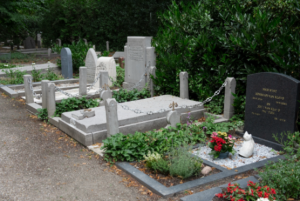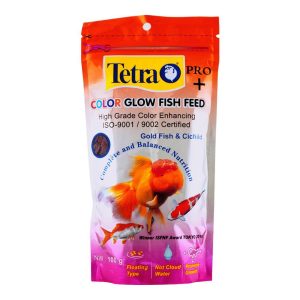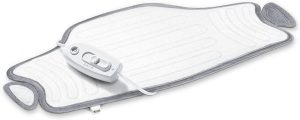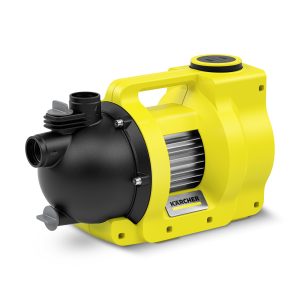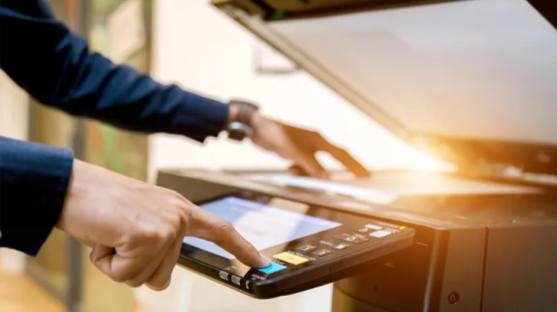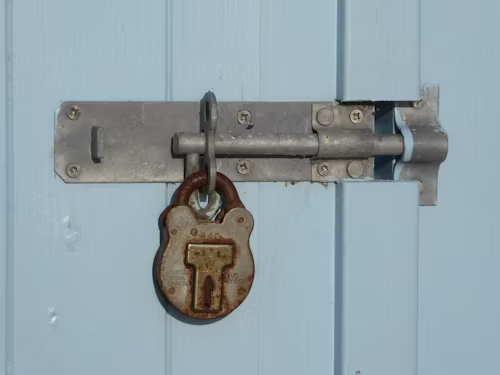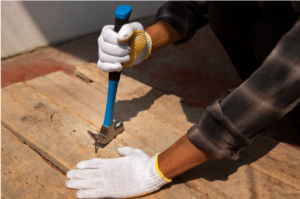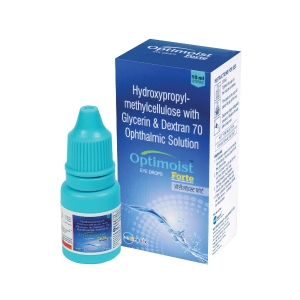Flags proudly displaying business logos, national insignia, and promotional messages can be seen as you drive through Dubai’s busy streets or pass corporate buildings. However, selecting the appropriate cloth is a critical choice that goes into every telescopic flag that survives Dubai’s harsh weather. This decision will influence whether your flag will remain colorful for many years or turn into a shameful reminder of your lack of preparation.
The severe weather in Dubai presents special difficulties for outdoor fabrics. Fabrics designed for survival are necessary due to the intense desert sun, sandstorms that can remove car paint, and high summertime humidity levels. This thorough guide looks at the best fabric choices for outdoor flags in Dubai, assisting you in making well-informed choices that strike a balance between affordability, durability, and style.
Comprehending The Climate Challenges in Dubai
Extreme Heat and UV Radiation
Dubai frequently experiences summer temperatures above 40°C (104°F), with even greater temperatures recorded on the ground. Because of the constant heat, textiles experience thermal stress, which weakens fibers and fades colors. Because the city receives more than 3,000 hours of sunshine a year, custom country flags printing are constantly exposed to UV rays, which weaken the molecular bonds in synthetic fabrics.
The biggest danger to flag longevity in Dubai is UV radiation. At Dubai’s latitude (25.2°N), the sun’s intensity implies that UV levels are high for most of the year. Even high-quality fabrics can start to deteriorate in a matter of months rather than years if they are not properly protected from UV rays.
Sandstorms with Particles That Are Abrasive
Sandstorms are common in Dubai due to the desert surroundings, especially in the spring. Fine particles carried by these storms wear down flag surfaces like sandpaper, gradually removing fibers and giving them a worn-out, drab look. In addition to weakening hemlines and stitching, the abrasive effect of sand particles can cause structural collapse at stress areas.
Flags are not the only objects damaged by wind-blown sand during severe storms. As a result of daily contact to airborne particles, textiles must be able to sustain mild abrasion over time without losing their structural integrity.
Salt air and humidity
Despite being in a desert, Dubai has a lot of humidity, particularly in the summer when it can reach 90%. In addition to accelerating the deterioration of synthetic fabrics, this moisture fosters the growth of mold and mildew in natural fibers. Salt air, which is introduced by the seaside environment, speeds up hardware deterioration and may put additional strain on fabric fibers.
The Value of Choosing the Right Fabric
Cost vs. Durability Considerations
Selecting clothes that are appropriate for Dubai’s climate is a traditional investment choice. High-end textiles with exceptional heat and UV protection are more expensive initially but offer much greater value over time. Purchasing high-quality materials that last for several years is ultimately more cost-effective than purchasing a flag that needs to be replaced every six months because of a bad fabric selection.
The whole cost of ownership, including replacement frequency, maintenance needs, and the polished appearance that well-maintained flags convey to clients and guests, is something that facility managers and business owners must take into account.
Impact on the Eye and Brand Image
Flags are used to visually represent companies, countries, and organizations. A torn, faded flag can harm a brand’s reputation and provide a bad image. Success in Dubai’s cutthroat corporate world depends on keeping up a professional appearance. Even after prolonged exposure to adverse conditions, the proper fabric selection guarantees that colors stay vivid and materials maintain their sharp appearance.
Polyester: The Ultimate Heavy-Duty Material with Superior UV Protection
In Dubai, polyester materials—especially those treated with UV inhibitors—are the industry standard for outdoor flags. Contemporary polyester materials are resistant to UV rays that would destroy other textiles in a matter of months. Compared to natural alternatives, polyester fibers are naturally more stable under heat stress due to their synthetic character.
When properly cared for, high-quality polyester flags retain their color integrity for two to three years in Dubai’s climate. Because the fabric’s molecular structure is resistant to UV deterioration, flags will continue to look professional for the duration of their service life.
Strength and Heat Tolerance
Because polyester has a high melting point (around 260°C), it doesn’t melt even on the warmest days in Dubai. Unlike some alternatives that become brittle or soft under intense heat, the cloth won’t distort or lose strength when temperatures rise. Regardless of seasonal temperature fluctuations, this thermal stability guarantees steady flag performance.
Excellent resistance to wind stress is another benefit of polyester fibers’ intrinsic strength. Weaker textiles can be destroyed by Dubai’s sporadic strong winds, but high-quality polyester materials flex without ripping, greatly increasing the life of flags.
Resistance to Water and Stains
Because polyester is synthetic, it naturally resists absorbing water, which helps to avoid the mold and mildew issues that natural fabrics face in the humid climate of Dubai. The cloth requires less upkeep and downtime because it dries quickly after cleaning or rain.
Another benefit in the dusty atmosphere of Dubai is stain resistance. Polyester surfaces are easier and more efficient to clean because they don’t easily absorb oils or dirt particles. Polyester flags may be brought back to nearly their former appearance with regular washing, something that many other varieties of fabric cannot do.
Cons and Things to Think About
Polyester isn’t ideal for every application, despite its benefits. Over time, the fabric may start to look a little synthetic, and less expensive polyester items might not offer enough UV protection. In the atmosphere of Dubai, static electricity accumulation can also draw dust and sand particles, necessitating more frequent cleaning.
Nylon: A Lightweight Substitute
Outstanding Flyability
Because of its low weight, nylon is perfect for places with mild to moderate wind. The cloth creates a visually appealing show that attracts attention as it moves beautifully in the usual breezes of Dubai. Because of its flyability, nylon is especially well-suited for banners and promotional tether flags where movement improves visual impact.
Additionally, the material’s elasticity lessens the strain on mounting systems and flag hardware. Lighter flags prolong the life of the complete flag system by reducing the load on poles and attachment points.
Vibrancy of Color
Unlike many other materials, nylon takes dyes incredibly well, resulting in vivid colors that hold their sharpness for longer. The smooth surface of the cloth efficiently reflects light, producing eye-catching displays that contrast with Dubai’s vibrant surroundings. Nylon frequently yields better results in applications where color accuracy and vibrancy are crucial.
Limitations in Severe Environments
However, in the severe atmosphere of Dubai, nylon has serious flaws. Because the fabric is less UV resistant than polyester, fading and fiber degradation occur more quickly. Nylon is susceptible to tearing in strong winds due to heat sensitivity, which can make fabric brittle during sudden temperature increases.
Additionally, nylon absorbs moisture more easily than polyester, which could cause issues during Dubai’s humid seasons. If not properly managed, this moisture absorption can result in dimensional changes and increased susceptibility to mold growth.
Top Uses for Nylon
Notwithstanding its drawbacks, nylon is a good choice for temporary displays, inside settings where outside visibility is possible, or locations that receive some shade from the sun. When durability concerns are subordinated to maximum visual impact, event planners frequently opt for nylon for temporary installations.
Cotton: Conventional yet Difficult
Natural Feel and Look
For ceremonial or heritage uses, cotton offers a genuine, traditional look that many groups favor. The natural texture and drape of the cloth give it a unique appearance that is difficult to replicate with synthetic substitutes. For flags with historical significance or traditional values, cotton’s aesthetic appeal could outweigh the upkeep needed.
Important Restrictions in Dubai
Unfortunately, the environment in Dubai presents significant obstacles growing cotton. During humid times, the natural fibers’ high absorption of moisture creates the perfect environment for the growth of mold and mildew. Cotton fibers are rapidly deteriorated by UV light, which causes them to fade and weaken.
Cotton becomes fragile and prone to tearing when exposed to heat stress. Due to the fabric’s low dimensional stability, the flag’s fit and look may be impacted by shrinking and distortion from frequent wetting and drying cycles.
Upkeep Intense
In Dubai, cotton flags need to be replaced often and maintained thoroughly. Regular cleaning is necessary to keep mold from growing on the fabric, however washing speeds up the deterioration of the fibers. This makes striking a balance between longevity and hygiene challenging.
Unless certain aesthetic criteria outweigh practical concerns, the majority of specialists advise against using cotton for outdoor flag applications in Dubai.
Solution-Dyed Acrylics and Specialized High-Performance Fabrics
Solution-dyed acrylic fabrics made especially for harsh outdoor environments are available from some manufacturers. These materials offer greater fade resistance because they include UV inhibitors into the fiber structure rather than just as surface treatments. Colors are guaranteed to stay consistent as surface fibers deteriorate thanks to the solution-dying technique.
Mesh and Vinyl Materials
Exceptionally long-lasting vinyl and mesh materials are ideal for Dubai’s environment. These materials give up the classic flag look yet are resistant to all types of weather damage. They perform effectively in long-term installations when the frequency of replacements must be kept to a minimum.
Maintenance Advice for Dubai’s Outdoor Flags
Frequent Cleaning Plans
Regardless of the fabric selection, establishing regular cleaning plans helps prolong flag life. Sand particles and collected dust are eliminated by weekly cleaning before they have a chance to seriously harm surfaces due to abrasion. Staining is avoided and ingrained debris is removed with a monthly deep cleaning using the proper detergents.
Periods of Rotation and Rest
By using flag rotation systems, materials can take a break in between exposure times. Having backup flags makes it possible to remove them during severe weather conditions, such as sandstorms, avoiding needless damage.
Hardware Upkeep
Flag hardware should be regularly inspected and maintained to avoid additional fabric damage. Otherwise healthy cloth can be destroyed by tearing and stress concentration caused by loose clips, worn grommets, or corroded poles.
A Look at Storage Issues
Flag life is greatly increased by proper storage throughout prolonged periods of non-use. Flags stay in good condition for use in the future thanks to clean, dry storage spaces that shield textiles from needless UV rays and environmental stress.
Choosing the Best Option for Your Requirements
Budget, anticipated lifespan, aesthetic needs, and maintenance capabilities are some of the aspects that must be balanced when choosing the best fabric for outdoor flags in Dubai. For the majority of applications, polyester is the obvious choice since it provides the optimum balance of cost-effectiveness, durability, and appearance retention.
Purchasing premium polyester with improved UV protection yields the best results for businesses that value durability and a polished appearance. With fewer replacements and a preserved brand image, the higher initial expense soon pays for itself.
Choose textiles designed to resist the particular difficulties of this tough environment, carefully consider your needs, and speak with knowledgeable flag producers who are acquainted with Dubai’s conditions. Years of lively, expert service that demonstrates your company’s attention to detail and quality will be returned to you by your flags.

